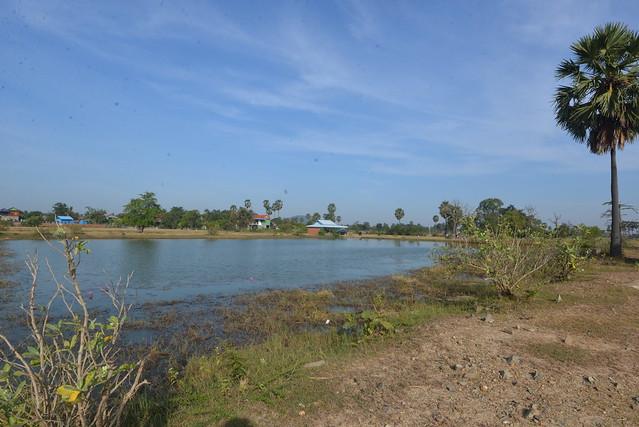Siem Reap
Overview
Siem Reap is a captivating province in northwest Cambodia that is a hub of ancient history and vibrant culture. This region is best known as the gateway to the ruins of Angkor, the seat of the Khmer kingdom from the 9th–15th centuries. The heart of Siem Reap, the Angkor Archaeological Park, is a sprawling complex of intricate stone buildings including the famed Angkor Wat, which appears on the national flag and is the world's largest religious monument. The province is steeped in history but also thrives with modern Cambodian culture, featuring bustling markets, lively streets, and a growing arts scene. Unique cultural experiences like Apsara dance performances, traditional craft markets, and culinary tours offer deeper insights into the rich heritage and contemporary life of Cambodians.
The high season for tourism in Siem Reap is typically from November to March when the weather is cooler and dryer, making it ideal for exploring the vast temple complexes and enjoying outdoor activities. During this peak season, the days are sunny, and the evenings are pleasantly cool, perfect for nighttime market visits and street food experiences. Besides temple tours, visitors can engage in biking, bird watching in the Tonle Sap Lake area, and attending cultural shows. Siem Reap also hosts several cultural festivals during this period, such as the Cambodian Water Festival and the Angkor Wat International Half Marathon, which attract many visitors.
Before traveling to Siem Reap, teenagers should prepare by researching and respecting local customs and etiquette, such as appropriate dress codes for visiting temples where modest clothing is required. It is advisable to arrange travel insurance, check visa requirements, and ensure vaccinations are up to date according to health advisories. Learning a few basic phrases in Khmer, such as greetings and thank you, can also enrich interactions with local people. Additionally, preparing for the climate with suitable clothing and staying hydrated is crucial, especially if visiting during the warmer months. Lastly, familiarizing oneself with the local currency (Cambodian Riel), though US dollars are widely accepted, can help in managing expenses smoothly during the trip.
How It Becomes to This
History not available

You May Like
Explore other interesting states in Cambodia
Discover More Area
Delve into more destinations within this state and uncover hidden gems.










